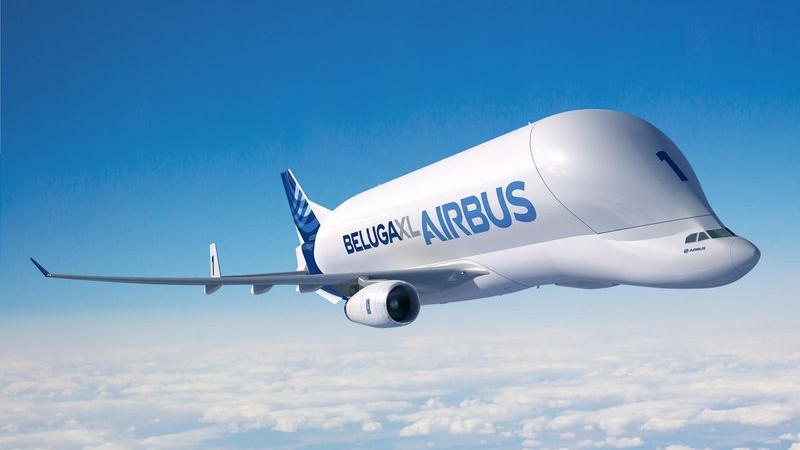
Progresses to detailed design phase. Photo: airbus.com
The new Beluga programme, christened Beluga XL, has successfully passed the latest maturity gate milestone – marking the end of the ‘concept phase’ or design freeze ‘at aircraft level’ which is a key step in any development programme.
The maturity gate review demonstrated that the Beluga XL programme is robust and mature enough to move to the next phase of development, the detailed design phase.
“We are proud of how much we have accomplished, in less than a year after the launch of the programme, with the new and innovative way of working with our suppliers. By working together as a fully integrated team in a single location, we have maximised our efficiency. This milestone paves the way for a successful final assembly start in 2017” said Bertrand George, Head of Beluga XL programme.
The Beluga XL was launched in November 2014 to address the transport capacity requirement to support the A350 XWB ramp-up and other aircraft production rate increases. Based on the A330-200 Freighter with a large re-use of existing components and equipment, the Beluga XL will be powered with Rolls Royce Trent 700 engines. The fleet of five Beluga XL aircraft will provide Airbus with an additional 30 percent extra transport capacity. The first of five Beluga XLs will enter into service in 2019.
Featuring one of the most voluminous cargo holds of any aircraft today, be it civil or military, the current fleet of five A300-600ST Super Transporter (*) aircraft named Beluga, carries complete sections of AIRBUS aircraft, produced at various sites around Europe, to the final assembly lines in Toulouse, Hamburg and Seville.
The fleet of Beluga is operated by Airbus Transport International (ATI), an Airbus subsidiary airline.
Beluga XL specifications
AIRCRAFT DIMENSIONS: metric
Overall length: 63.1 m
Height: 18.9 m
Fuselage diameter: 8.8 m
Wingspan (geometric): 60.3 m
Wing area (reference): 361.6 m2
BASIC OPERATING DATA: metric
Engines: Rolls Royce Trent 700 engines
Range: 2200nm at max payload (53 tonnes)
DESIGN WEIGHT: metric
Maximum take-off weight: 227 tonnes
Maximum landing weight: 187 tonnes
Maximum zero fuel weight: 178 tonnes
Source: Press release






